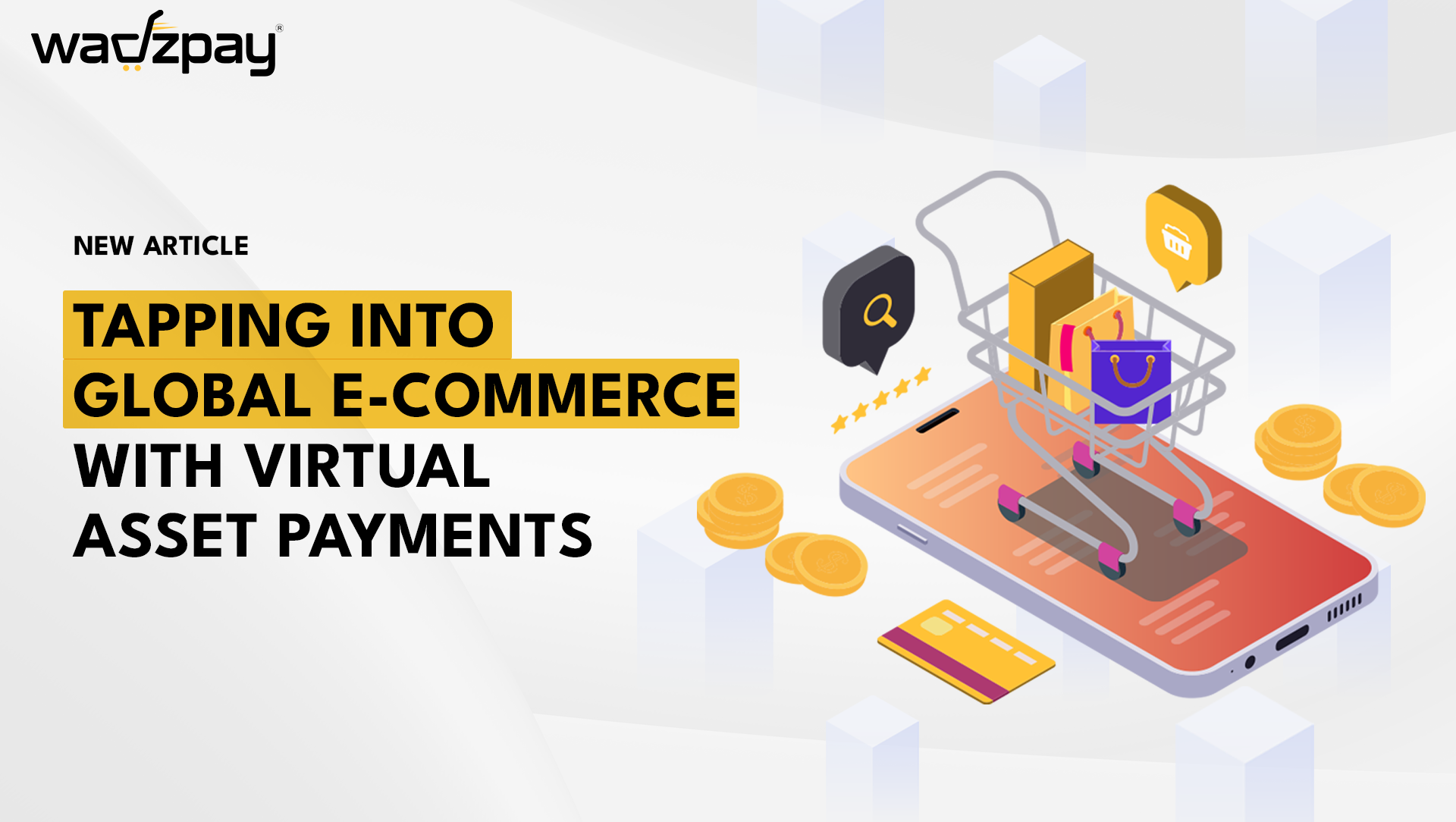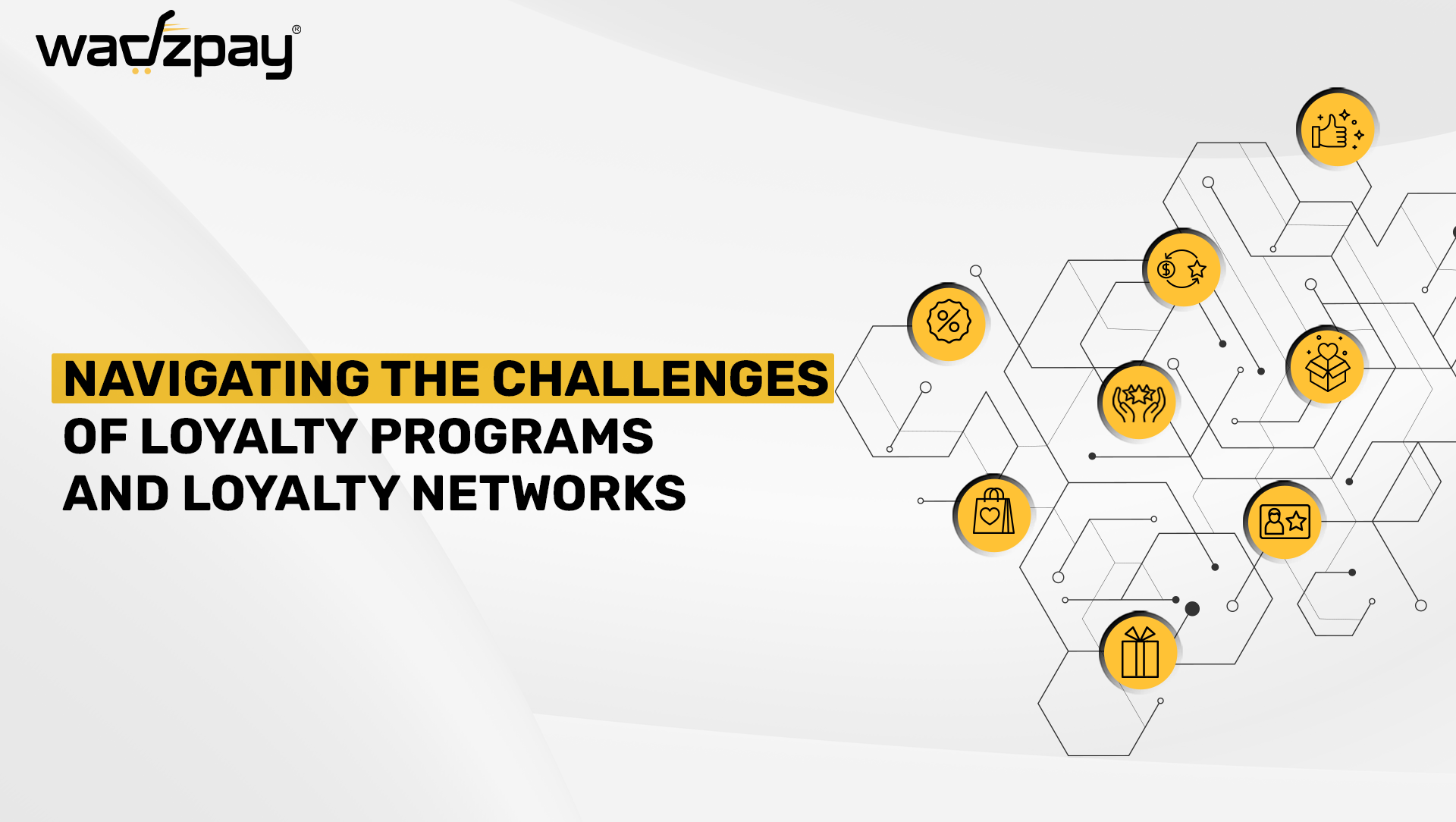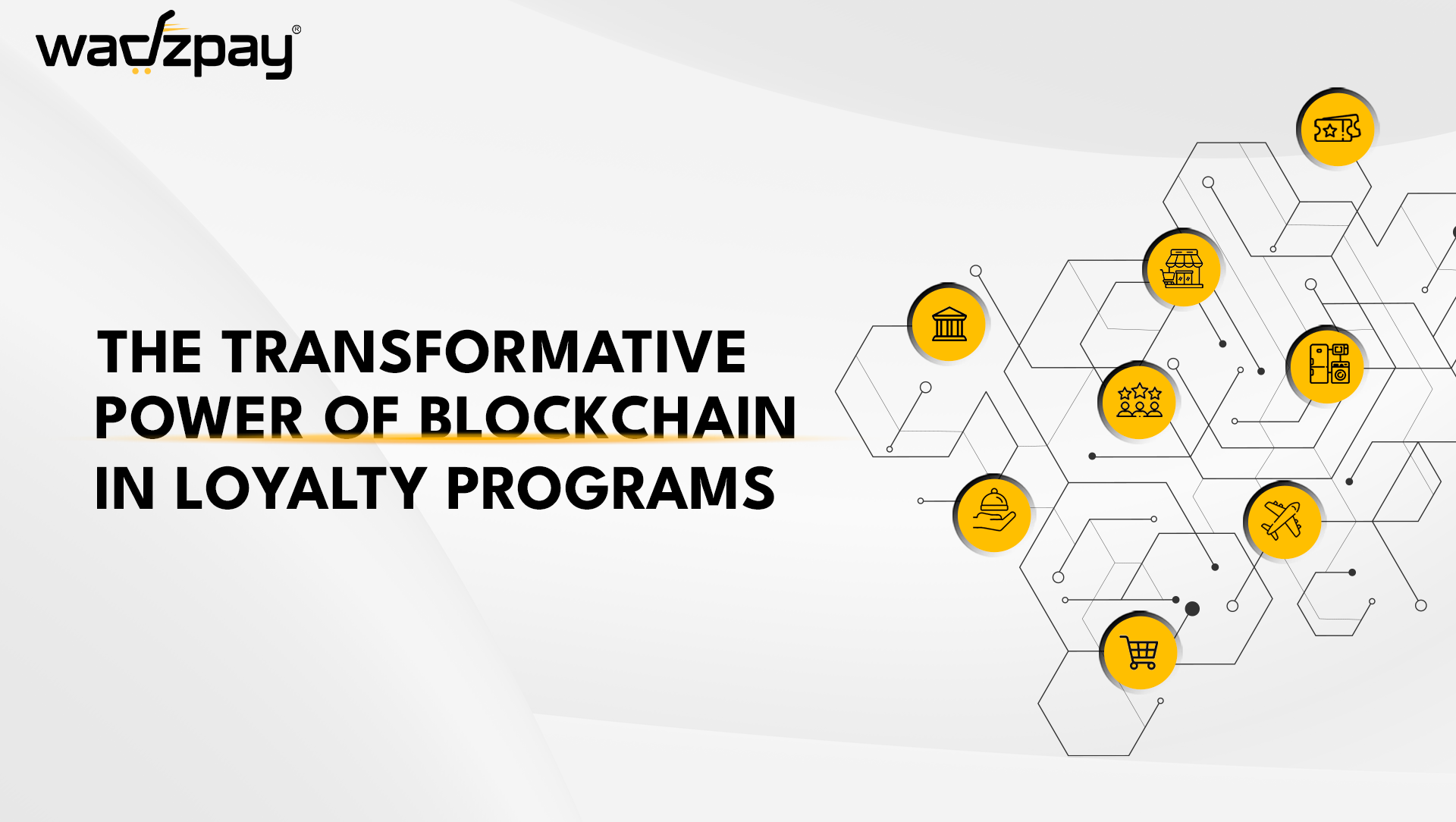
highlights
How CBDCs (Central Bank Digital Currencies) will Change the Payment Ecosystem? - The World Fintech Festival 2021
How CBDCs (Central Bank Digital Currencies) will Change the Payment Ecosystem? - The World Fintech Festival 2021
The World Fintech Festival, (a joint partner of Singapore FinTech Festival) held a panel discussion on “How CBDCs will change the payment ecosystem?” Julian Gordon, Vice President, APAC, Hyperledger, moderated the discussion, joined by expert panellists including, Charles d'Haussy- Managing Director, APAC, ConsenSys; Saugata Bhattacharya- Executive Vice-President & Chief Economist, Axis Bank; Amitabh Tewary- Chief Innovation Officer, Razorpay and Anish Jain- Managing Director and CEO, WadzPay.
Click here to hear full interview.
India and the Broad Landscape of the Digital Payment Ecosystem Today
To summarise the history of the Indian payments system; the first credit card appeared in 1958, followed by digital payment/online banking in the late 1990s. Online e-payment platforms including AOL, Amazon in the early 2000s and the e-wallets like PayPal, were the next natural progression.
mPSA in Kenya marked the era of mobile payments. Real-time digital payments progressed massively in the 2020s with a value of around five to six billion dollars and a total number of approximately 70 billion transactions, an increase of 41% over 2019. Retail electronic payments were 11% of GDP in 2010 and increased to about 55% of GDP in 2015.
The Indian payments ecosystem seems more advanced than every other country at the moment , with a cash circulation level of around 14%. Government-imposed demonetisation in 2016, moved to pre-demonetisation levels again and as a percentage of GDP has gone up. Although the growth of digital payments has been phenomenal, many consumers still have a preference for cash for certain transactions.
The other phenomenal thing that happened in India is UPI. The transaction volume on UPI was close to four billion in the festive month of October. Apart from person-to-person transfer, person-to-merchant transfers are also a significant proportion of the four billion transactions; amounting to $100 billion in value. It means adopting a retail payment system that is less than five years old.
The Different Types of CBDCs & Their Relevance for India and Global Market
The history of CBDCs dates back to 2018 when many central banks began to strategically plan their approach. Following this, the emergence of the Facebook Libra project became the catalyst that accelerated the central bank's work and research on CBDCs and today, 80% of central banks are working on CBDCs, with a more advanced approach. Central banks move to CBDCs is to ensure their currencies remain relevant.
There are three types of CBDCs: the wholesale CBDCs sitting between the central bank and commercial bank, the cross-borders CBDCs, and the retail CBDCs. In addition to this, there may also be competition between CBDCs issued by the central bank and regulated stable coins issued by a commercial bank or IT companies, social media, and others. Ultimately, people will pick different branded currencies depending on the context of their spending. For example, US dollar stable coin published by Shopify for eCommerce activities and Diem currencies for social media payment. India, with the rest of Asia in general, is at the forefront of this new generation of money coming our way.
The Functionality of CBDC and their Added Value to Digital Payments Today
Various flavours of CBDCs would be driven based on a particular need or specific requirements, whether it is driven based on a certain corridor, for example, Indonesia or the Middle East, Europe, or China. The functionality and different applications are yet to be seen; from an economic standpoint, there is the upside of financial inclusion and making money readily available for people who may not have bank accounts.
Accelerated by COVID-19, the distribution of wealth has been challenging for the government and CBDCs can aid in managing the expensive process. For this reason, there will be many applications or features based on use cases in CBDCs, and it would have distinctive features based on other requirements and rules.
Due to India's economic size of close to three trillion dollars, with 14.15% of this being cash, it is a significant challenge to print and circulate the currency and the whole currency management system. Even with the leading banks in the country, it can never be efficient and therefore, guzzles a lot of money. For this reason, the cost reduction and the efficiency that CBDCs brings in is a significant aspect.
India itself currently has no CBDCs in operation of any scale. It could be POCs and pilots somewhere. In the case of benefit distribution, for instance, the government of India created a mammoth database based on people's biometric identification and demographic identification of its residents in the country. Following this, the underlying payments system evolved as it was able to leverage identity as a proxy and linked it to the bank account to transfer benefits directly to the beneficiaries. In terms of CBDCs or digital forms of benefit distribution, benefit distribution can run far more efficiently, plugging leakages and reducing cost.
A good sample of digital form case is tax collection. This simplifies the process by replacing 13–14 tax structures and utilising a uniform tax code called goods and services tax. It makes tax filing easier for small enterprises and businesses in general, and of course, can't be achieved without a robust digital payment ecosystem. Luckily, India today operates the world's cheapest and most efficient real-time payment systems with multiple real-time settlement systems.
Is India in A Good Place to Benefit from CBDCs?
The acceptance of unique users remains the biggest challenge. There is still fear and concern that it will invade privacy, and for this reason, remains difficult for people to accept something new wholeheartedly. Again, for a country of India's size, pockets of development and pockets of some things must still make a proper entry; for example, 4G and 5G technology. In this case, India probably isn't an excellent place to benefit from this.
The Role of Central Banks, Commercial Banks in Payment System Today and How CBDCs will impact Them
There are several impacts. First is the cross-border payment system that is outdated, slow and expensive. With so many blockchain-based transfer systems already in place, banks are used to earn revenues from cross-border transactions. However, with the difficulties surrounding the settlement system, it becomes another pain point for private ledgers in terms of transfers, as the efficiencies of the domestic payments system are a single point of settlement that is not available even for blockchain-based systems across different regions and geographies. That is where CBDCs stem from, as they will provide standard settlement systems.
Second is the credit creation ability of banks, one of its main roles. As for now, the remittances' function will also be replicated by the CBDCs retail and will have the ability to earn interest, and it will take a lot of deposits away into the central bank because that's risk-free money. In turn, it would impact the credit creation capability of banks entirely, so central banks will not continue to create credit nor take on creditors.
Third, CBDCs may allow people to withdraw money. The central bank does not allow people to transfer money in a country with total capital account convertibility for financial stability. Furthermore, there are typical runs on banks in times of economic stress and a digital currencies system may create runs on the bank that would be much larger than usual with that stress level. Well-designed architecture CBDCs will be able to mitigate many of these risks. CBDCs will make cross-border payments more efficient in moving money, especially cross-border as currently multiple corridors are yet to be established.
The central bank CBDCs also has dire consequences, such as customer trust that decreases over time. For a developing country like India, it needs a very robust banking infrastructure with several powerful banks operating on their merit rather than centralising the risk into one body or the country's central bank. it would be a lot of hard work and balancing many things for the central bank. CBDCs will allow a smoother and easier process, but they also have some unintended consequences.
In China, 24 cities have been going through experiments on CBDCs, and 24 million wallets have been opened. The PBOC's DCI, (digital currency institute) reported around $9 billion equivalent of the transaction already done. However, CBDCs have not been officially launched so far in China. CBDCs and stable coins might also bring a new concept of composability in finance. It brings the money close to the asset and considers the currency a digital asset. People can build money legos safely and get a level of automation within their transactions or within their currency architecture and models, which gets much more modular and composable.
The Competition Within the CBDCs Space
We are still in the discovery phase, and although a lot has been discovered, many things will happen over the next three to five years and will depend heavily on regulations maturing the market. CBDCs adoption, the types of CBDCs and/or types of stable coins the market are adopting and decentralization with stable coins yet remain to be seen. There are many types of CBDCs, it may also start competing with the likes of Swift and Ach because these are messaging services. CBDCs being a blockchain service could potentially be a messaging and transfer service equally
Closing the Discussion
Julian asked panellists for a score of whether CBDCs will be integrated into payment systems in five years and ten years, and between retail, wholesale, or cross border CBDCs types, which one will be the first.
Charles gives a score of 5 in five years and 10 in 10 years. He predicts the wholesale will come first, then retail follows. At the same time, Anish scores 5 to 6 in five years and 10 in 10 years and predicts different geographies will take each other on which one is come first. Amitabh gives a score of 3 or 4 in five years and 8.5 in 10 years. He predicts wholesale will go first, followed by retail and cross borders. Meanwhile, Saugata scores 3 in five years and 8 in 10 years. He also expects wholesale to come first, followed by retail and cross borders.
Latest News
Summit Soar: Empowering Women in Climate Action


Blockchain-based Asset Tokenization: A Rapid Transformation allowing fractional ownership


Programmable Money: A Transformative Paradigm


Taking on Complex Hiring in a Blockchain-Powered Tech Company


Cultivating Cash Flow: Strategies for Sustainable Financial Health


Latest Blog
Tapping into Global e-Commerce with Virtual Asset Payments


Navigating the Challenges of Loyalty Programmes and Loyalty Networks


Tokenization in Blockchain: Transforming Asset Management


The Transformative Power of Blockchain in Loyalty Programs


Pioneering Asset Tokenization and Security in Banking Products


